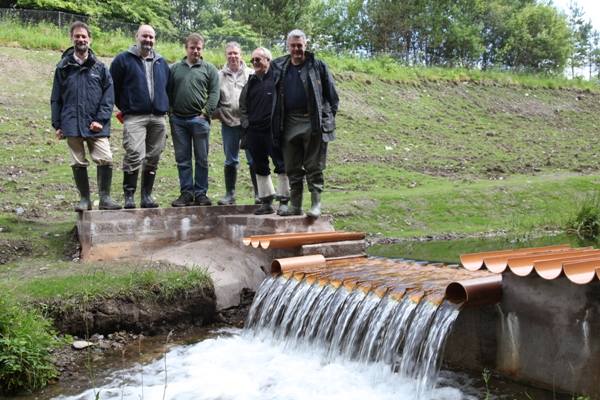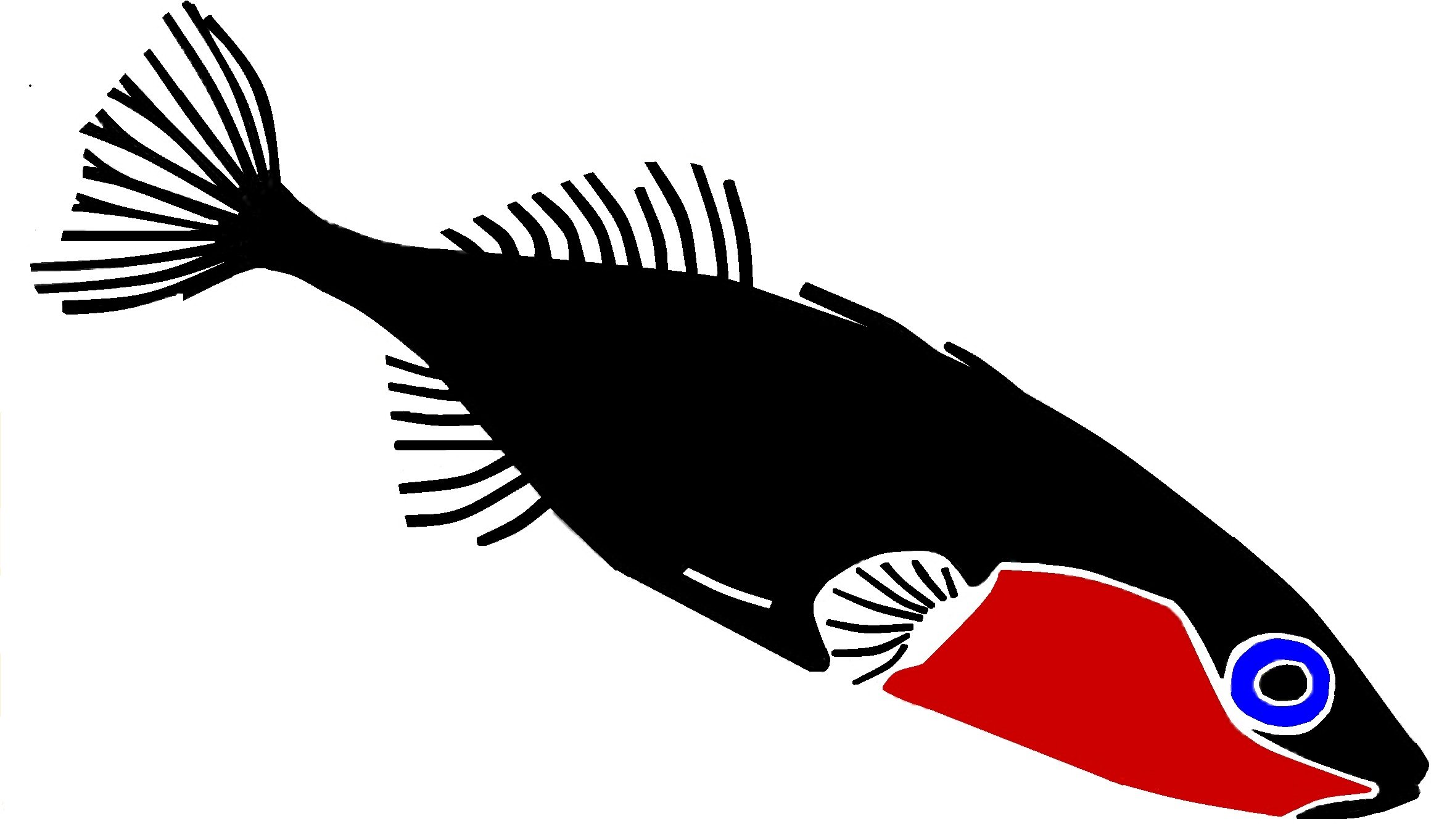Clyde crayfish barrier in place

The first ever ‘crayfish barrier’ has been installed between the headwaters of the River Clyde and River Annan in a landmark attempt to control the spread of North American signal crayfish.
The barrier has been specially designed to stop the crayfish moving from one river catchment to another and represents a novel approach to the control of the species.
The signal crayfish is an invasive non-native species (INNS) that first arrived in Scotland in 1995 and has since spread to many river catchments around the country. Once established in rivers, they are virtually impossible to eradicate and can have damaging effects on river ecology. Signal crayfish feed on young fish and their eggs – including those of salmon – as well as insects, frogs and plants; pretty much anything they encounter. They can also burrow into and undermine river banks, which can lead to increased erosion, damage the spawning grounds of a variety of fish and pose a safety risk for people and livestock.
Recent survey work by the Clyde River Foundation found that signal crayfish had spread into many of the Clyde headwaters, after they were first discovered in the river in 1996 by members of the United Clyde Angling Protective Association Ltd. The River Clyde Fishery Management Plan identified the possibility that they might move into the neighbouring River Annan catchment, where they could have damaging impact on its economically-important salmon and sea trout stocks.
To tackle the problem, a partnership of bodies – including Scottish Natural Heritage (SNH), the Annan District Salmon Fisheries Board, the Clyde River Foundation and South Lanarkshire Council funded, designed and installed the crayfish barrier near Beattock summit in South Lanarkshire. The Foundation will continue to monitor regularly for crayfish to determine how effective the barrier is; at present they are not in its immediate vicinity.
